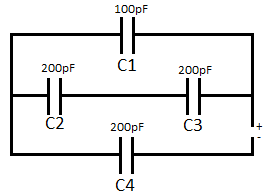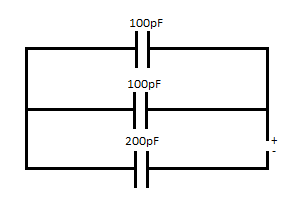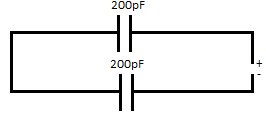
1) A system containing two equal and opposite charges separated by a finite distance is called as:
- Electric flux
- Electric dipole
- Electric field
- None of the above
Answer: (b) Electric dipole
Explanation: The dipole moment has two charges with the separation distance between them. The two charges are +q and -q, while the separation distance is 2l. It means that the net charge on an electric dipole is 0.
2) Which of the following statements about the electric field lines is incorrect?
- Electrostatic field lines cannot intersect.
- Electrostatic field lines cannot form closed loops.
- Electrostatic field lines must be normal to the surface of the conductor.
- Electrostatic field lines cannot originate from the positive charge.
Answer: (d) Electrostatic field lines cannot originate from the positive charge.
Explanation: Electrostatic field lines can originate only from the positive charge and terminates at the negative charge. It cannot originate from the negative charge.
3) Which of the following physical quantity has S.I. unit J/C?
- Electric flux
- Dipole moment
- Electric Potential
- Electric field intensity
Answer: (c) Electric potential
Explanation: Electric potential is a scalar quantity, which is calculated as:
Electric potential = Work done/Charge
The unit of work done is Joule, and the charge of a conductor is Coulomb. Thus, the S.I. unit of the electric potential is:
Joule/Coulomb = J/C.
4) Find the charge and voltage across the capacitor C4 of the given below capacitance network.

- 150V
- 200V
- 160V
- 60V
Answer: (a) 150V
Explanation:
Here, we will first solve the capacitance network to find the network’s equivalence capacitance.
Step 1: The two capacitors are connected in series. After solving, we get:
C = 1/200 + 1/200 = 100pF

Step 2: The two capacitors of 100pF are now in parallel. The equivalent capacitance will be 200pF.

Step 3: The two capacitors are now in series. After solving we get:
C = 1/200 + 1/200 = 100pF
The equivalent circuit appears as:

Ceq = 100pF
Q = Ceq x V
Q=100×10-12×300=3×10-8
C4 = Q/C4
C4 = 150V

